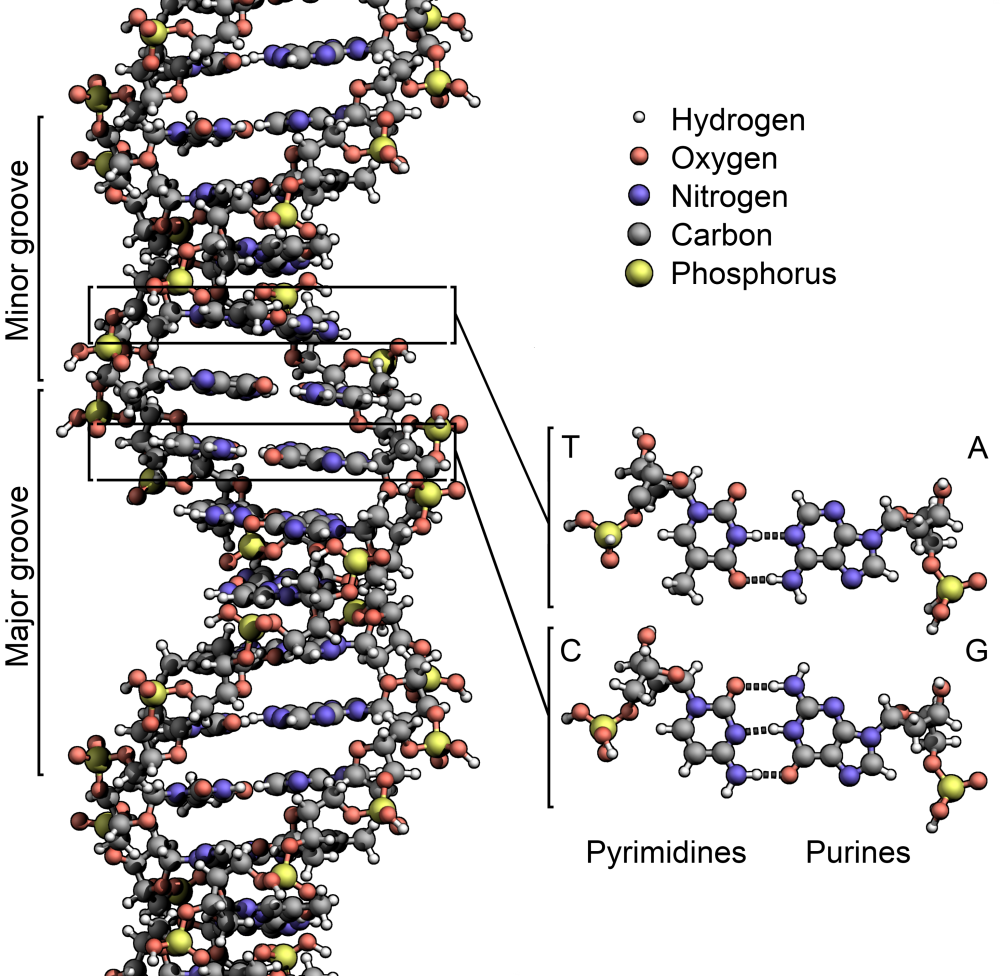Biophotonics is a new frontier in the medical diagnostics world that is already showing great promise. For example, biophotonics now allows the tagging of single protein molecules inside living cells as they go about their business. Never before have scientists been able to track such events in real time with such a high degree of accuracy.
According to research reports, the global market in biophotonics is growing at a compound annual growth rate (CAGR) of 10% over the next four years and will reach $70 billion by 2020. One segment of this market is biophotonic sensors and detectors which will account for nearly $20 billion of the overall market.
Biophotonics concerns the ways in which light interacts with biological systems including molecules, cells, tissues, and whole organisms. Today, researchers are using light to better understand how biomolecular processes work and are learning more about gene expression and the interactions of different types of proteins. Light helps researchers better visualize physiological processes in real time, and light causes physiological systems to behave in specific ways. One important application of biophotonics is to examine cancerous cells and to conduct laser therapy and surgery. In another application, biophotonic technologies are being used to understand the neuronal signaling in the human brain. These signals can be manipulated with light and are leading to new diagnostic techniques and therapies.
According to Frontiers in “Biophotonics for Translational Medicine,” researchers are now using “biophotonics in in vivo imaging and new sensing technology such as photoacoustics (PA), optical coherence tomography (OCT), micro-OCT, Raman and surface-enhanced Raman scattering (SERS), Fluorescence lifetime imaging (FLI) techniques, nanoparticle-enabled endoscopy, and ultrasound-PA combined modalities.”
The following video shows the use of biophotonics and explains how it will lead to major breakthroughs in medicine.







